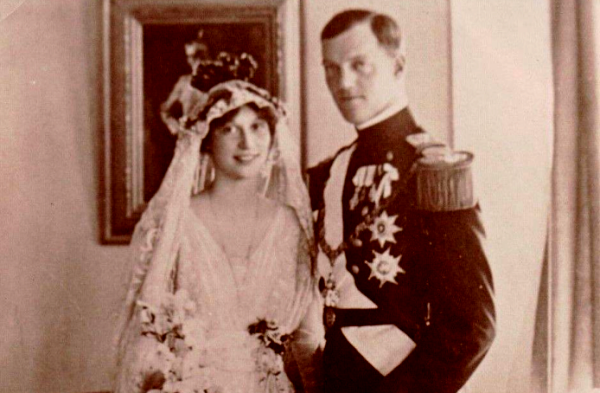 |
| Princess Margaretha and Prince Axel’s official wedding portrait, May 1919 |
A hundred years ago today, the wedding of a Danish prince and a Swedish princess was celebrated in Stockholm. Today, we’ve got a look back at the nuptials of Prince Axel and Princess Margaretha.
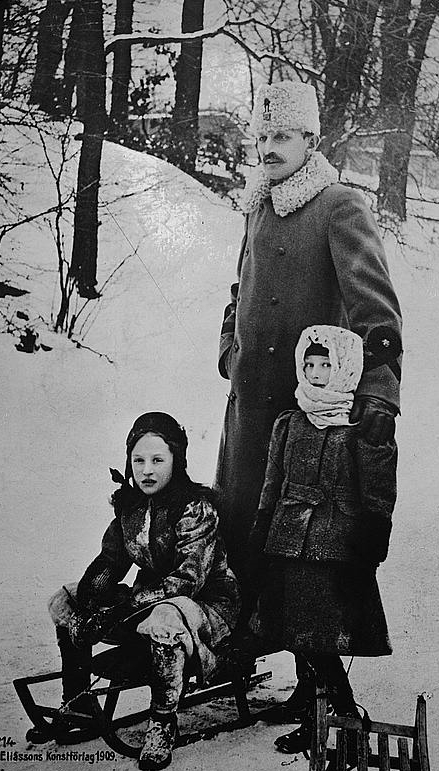 |
| Princess Margaretha (sitting on sled) with her father, Prince Carl, and her sister, Princess Martha, ca. 1909 (Wikimedia Commons) |
Princess Margaretha, born in June 1899, was the first child of Prince Carl of Sweden, a younger brother of King Gustaf V, and his Danish-born wife, Princess Ingeborg. Her parents, who were cousins, had an arranged marriage, but by all accounts it was a remarkably successful one. Margaretha was followed by three more children: Princess Martha (born in 1901), Princess Astrid (born in 1905), and Prince Carl (born in 1911).
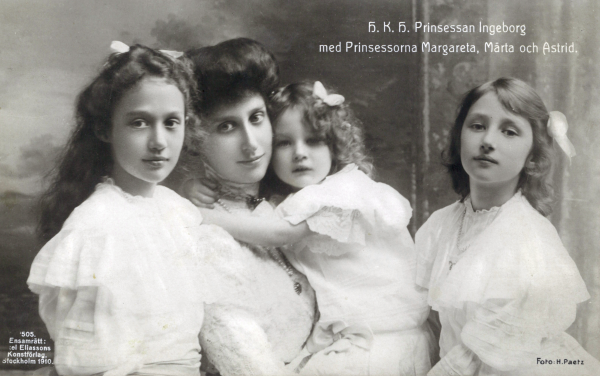 |
| Princess Margaretha (left) with her mother, Princess Ingeborg, and her sisters, Princess Astrid and Princess Martha, ca. 1910 (Wikimedia Commons) |
Carl and Ingeborg were very popular figures in Sweden, and they were known as “the happy family” in the Swedish press — in contrast with the distant, passionless marriage of King Gustaf and Queen Victoria. Margaretha and her siblings were raised simply and taught basic household skills.
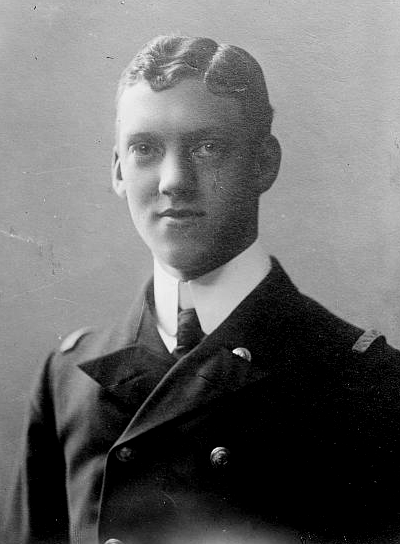 |
| Young Prince Axel (Wikimedia Commons) |
Prince Axel was nearly eleven years older than his bride. Born in August 1888, he was the second son of Prince Valdemar of Denmark, a younger brother of King Frederik VIII, and Princess Marie of Orleans, a great-granddaughter of King Louis Philippe of France. Marie died in 1909, a decade before Axel’s marriage. Axel followed his father into the Danish navy, and by the time he married, he had already risen to the rank of lieutenant commander. He was also a keen sportsman, often seen racing cars and flying planes. Later in life, he became a prominent member of the International Olympic Committee. At the time of his marriage, significantly, he was fourth in line to the Danish throne (after his cousins, Frederik and Knud, and his father). For a moment, he was also one of the rumored candidates to ascend to the throne of a proposed (but not realized) Finnish monarchy.
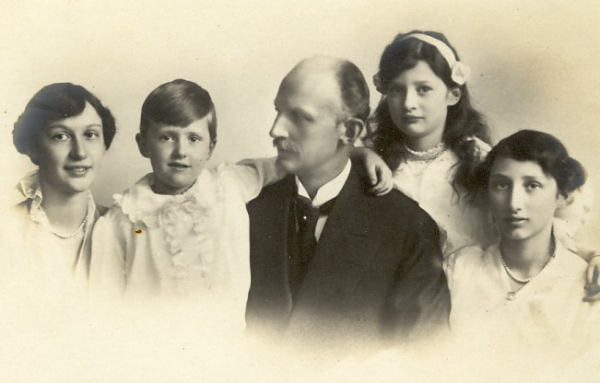 |
| Princess Margaretha, Prince Carl Jr., Prince Carl Sr., Princess Astrid, and Princess Martha (Wikimedia Commons) |
At the end of March 1919, Margaretha and Axel’s engagement was officially announced. Axel and his younger sister, Princess Margrethe, visited Margaretha and her family in Stockholm, and the engagement was announced during a family luncheon at the palace. According to Princess Ingeborg, the betrothal was a love match as well as a dynastic union. After all, the couple were first cousins once removed. (Prince Axel’s father, Prince Valdemar, was the uncle of Princess Margaretha’s mother, Princess Ingeborg.) The Washington Post highlighted the couple’s close family ties, noting that “there will be many who will disapprove of this otherwise unobjectionable matrimonial alliance on that account, since consanguinity does not tend to promote the mental and physical stamina of sovereign dynasties.”
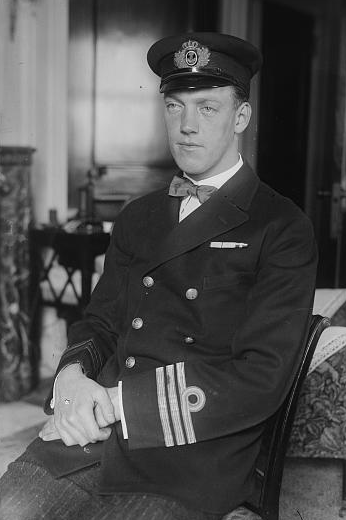 |
| Prince Axel, ca. 1920s (Wikimedia Commons) |
Regardless, the paper had kind things to say about both couples. The Post described Axel as “a good-looking stalwart specimen of Old World royalty” and the son of a “very rich” father. In turn, Margaretha was deemed “a pleasant-faced, lively and wholesome girl,” and a daughter of “the soldier brother” of the Swedish monarch. The British press took some notice of the Scandinavian romance, as Queen Alexandra was an aunt of both the bride and the groom. In America, the press was familiar with Axel, thanks to a visit he had made to the United States in the autumn of 1918 as the head of a Danish naval commission.
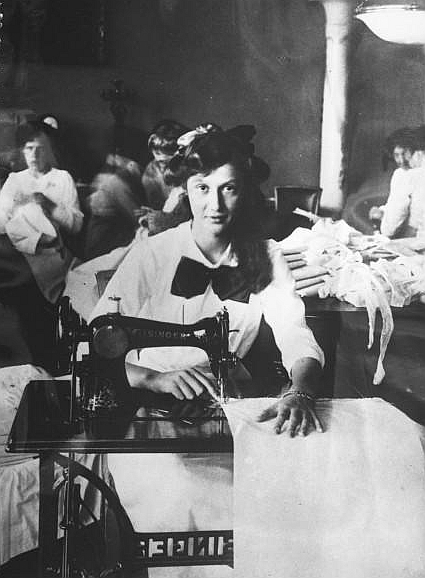 |
| Princess Margaretha working for the Swedish Red Cross, 1914 (Wikimedia Commons) |
Most of all, though, American newspapers were dazzled by the notion that Princess Margaretha was a royal lady who had actually worked. It was widely reported by wire services that Margaretha was “matron of a day nursery which has been established for working men’s children and often helps bathe and dress the youngsters.” Margaretha had also worked for the Swedish Red Cross during World War I. The photo above shows her doing sewing work for the organization in 1914, when she was fifteen years old.
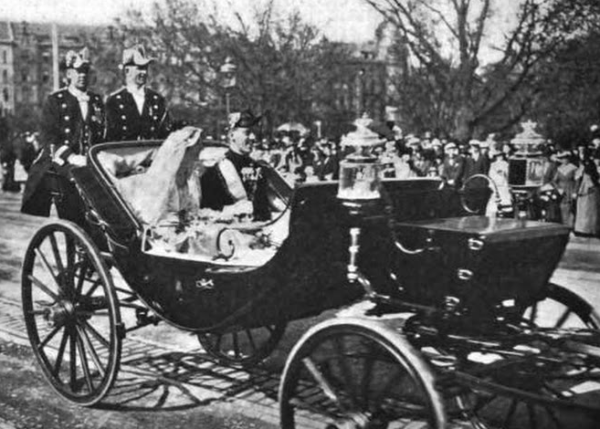 |
| Axel and Margaretha drive through Stockholm after their wedding, May 1919 (The Scandinavian Review) |
When the engagement announcement was made, Margaretha was a few weeks shy of her twentieth birthday, while Axel was thirty. The wedding festivities took place on May 21-22, 1919, in the bride’s native Sweden. Stockholm was festooned with Danish and Swedish flags to mark the occasion. On the evening before the wedding, the pair were feted during a gala performance at the Royal Opera House. The ceremony was held in the Storkyrkan, Stockholm’s cathedral, which has hosted numerous coronations and royal weddings throughout Swedish history. Prince Carl escorted his eldest daughter down the aisle of the grand church. The Danish royal family was also well-represented. Prince Valdemar supported his son during the ceremony; and along with Queen Lovisa, the bride’s maternal grandmother, Princess Thyra, Prince Gustaf, Princess Dagmar, and Prince Harald were all in attendance. After the ceremony, the couple rode through the streets of Stockholm in an open carriage.
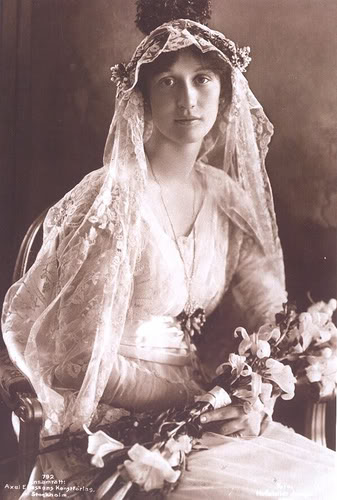 |
| Princess Margaretha on her wedding day, May 1919 (Wikimedia Commons) |
Back in London, the Times offered a simple report of the ceremony: “The wedding of Prince Axel of Denmark, nephew of Queen Alexandra, and Princess Margaretha of Sweden, took place yesterday at the Story Kyrka [sic], Stockholm, the Swedish Archbishop Svederblom officiating. After the ceremony a great dinner was given at the Royal Castle, when King Gustaf delivered the congratulatory speech.” After the wedding, the people of Britain got to see the newlyweds, when Prince Axel and Princess Margaretha traveled with his family to England in August 1919, where they visited with Queen Alexandra.
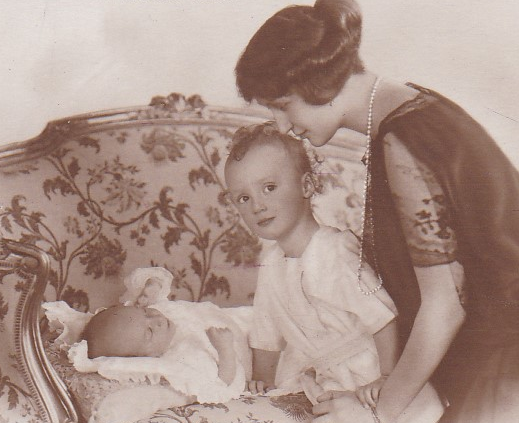 |
| Margaretha with her sons, Georg and Flemming (Wikimedia Commons) |
After their wedding celebrations, Axel and Margaretha settled down at Bernstorffshøj, a villa near Bernstorff Palace outside Copenhagen. The house was a wedding present, and they were able to maintain it even after Axel lost the bulk of his fortune during the Landmandsbanken collapse in 1922. (Margaretha’s parents were also financially devastated by the same bank collapse.) Margaretha gave birth to the couple’s two sons, Prince Georg and Prince Flemming, in the villa, which is now the residence of the British ambassador to Denmark.
 |
| Princess Martha, Princess Ingeborg, Princess Margaretha, and Princess Astrid at Leopold and Astrid’s religious wedding in Belgium, 1926 (Chronicle/Alamy) |
When they married in 1919, Axel and Margaretha couldn’t have known that the brilliant marriages of her sisters would bring them even closer to two more European royal families. Princess Astrid married the Duke of Brabant in 1926, and in 1934, they became King Leopold III and Queen Astrid of Belgium. (Sadly, she died in an accident the following year.) In 1929, Princess Martha married Crown Prince Olav of Norway. She tragically died before he ascended the throne as King Olav V of Norway. Today, the sovereigns of Belgium, Norway, and Luxembourg are all descended from the royal sisters.
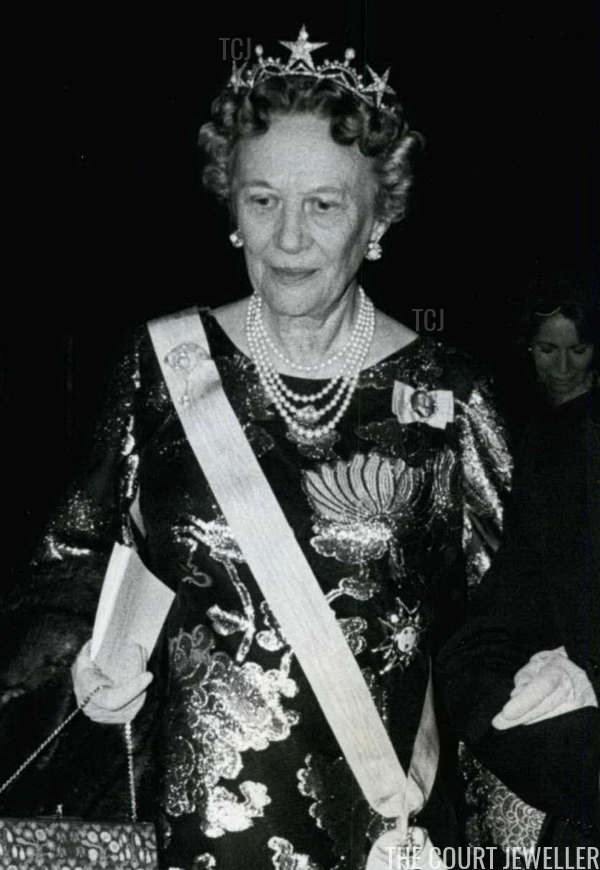 |
| Princess Margaretha attends the Nobel Prize festivities in Stockholm, December 1968 (Keystone Pictures USA/ZUMAPRESS/Alamy) |
Margaretha and Axel remained popular public figures and important family members throughout their lives, often representing Axel’s cousin, King Frederik IX, at important royal events. In 1947, they attended the wedding of Princess Elizabeth of the United Kingdom in London, and the following year, they represented the King at the inauguration of Queen Juliana of the Netherlands. Both also attended the 1953 coronation. Axel died in 1966, and afterward, Margaretha still remained a vital member of the (then rapidly dwindling) Swedish royal family until her death in 1977. (She was affectionately known as “Tante Ta” by her nieces and nephews.) Later in her life, she could often be spotted at the annual Nobel Prize festivities in Stockholm, wearing pieces from her fascinating collection of jewels. (Learn more about her star tiara here, and her floral tiara here!)
Leave a Reply